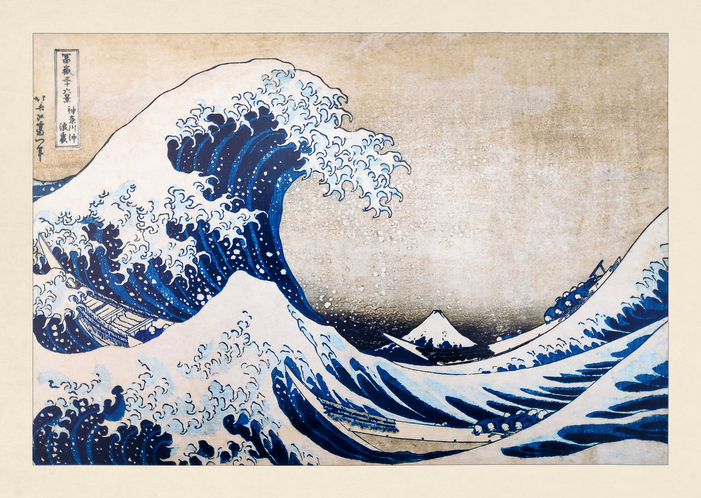
People who grow up speaking English never have to worry about one of the odder parts of our grammar: noncount nouns (also called mass nouns).
These are words like sand or butter that don’t have usual plural forms, don’t use indefinite articles like a or an, and take singular verbs (“the butter is melting”; “sand blew into his face”). The idea is that this kind of word notionally cannot be counted; even though sand is made up of many tiny parts, when we say “sand,” as when we say “water,” we mean an uncountable mass (unlike, say pebble or snowflake). They are modified by words like more, much, most, and some. You can’t say “a few sand” or “I need many water,” for example. A French person would say “I need to get my hairs cut,” which might sound funny but is logical. English grammar is not determined by logic.
Mass nouns are different from zero plural nouns, for which the plural is the same as the singular: deer, sheep, trout, shrimp, offspring, series, Japanese. Here are a few examples of mass nouns: air, equipment, dust, hair, traffic, milk, furniture, applause, baseball, photography, harm. These words don’t take the traditional plural -s or -es ending—except sometimes.
Some mass nouns have plurals that are like tuxedoes: only taken out on special occasions. Their very oddness conveys an immediate understanding that something different is being expressed—often something more figurative or poetic:
The waters of March
The sands of Iwo Jima
The snows of yesteryear
The labors of Hercules
Blue skies
One of the most famous examples of this special literary plural is loaves and fishes. The actual line from the 1611 King James Bible is “And they say unto him, We have here but five loaves, and two fishes.” Indeed, many instances of the plural of fish are rendered as fishes in this translation of the Bible, as well as in the 1599 Geneva Bible. These instances reflect literal translations of the plural (not mass noun) of fish in Greek. Waters is also frequently used as the plural of water in these early English editions of the Bible.
Fishes can also be used when discussing more than one specific kind or species of fish, as in “all the fishes of the sea.”
Pluralizing of mass nouns is also sometimes seen in academic language; it brings a formal tone to the writing and draws attention to itself through its difference from the standard or expected grammatical form, and allows for distinctions to be made within disciplines such as musics or literatures. If you become familiar with this subtle plural convention, you’ll have one more way to demonstrate all your learnings.
Follow Peter Sokolowski, editor-at-large for Merriam-Webster, on Twitter @PeterSokolowski





